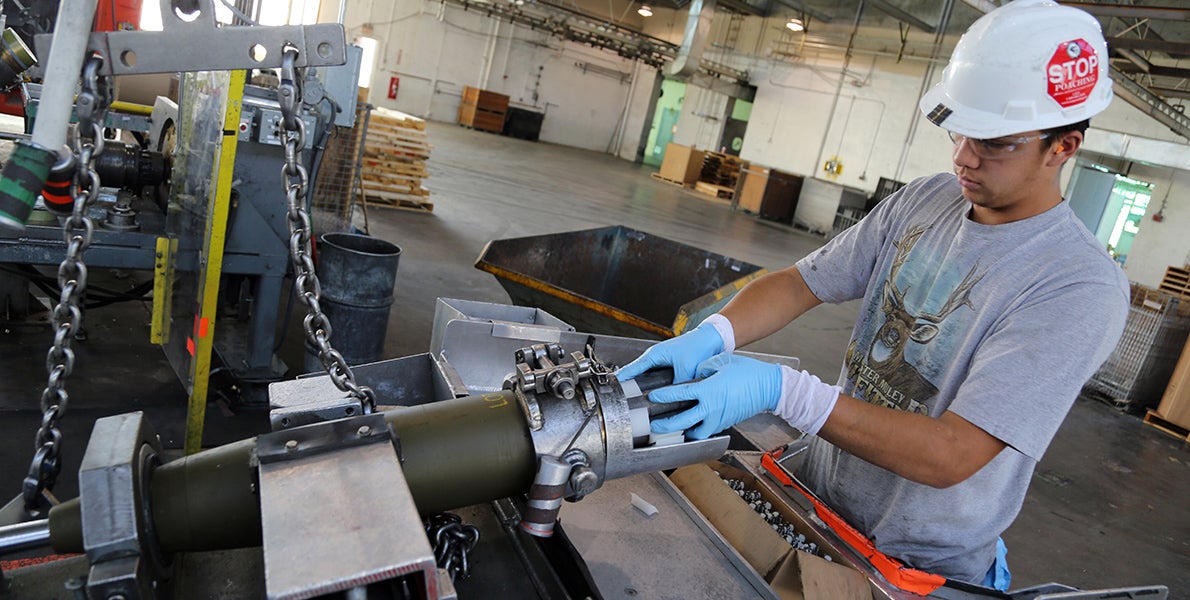Finding Good Civilian Job Fit May Take Time
Finding Good Civilian Job Fit May Take Time

Finding a civilian job that matches military-learned skills and experience can significantly boost long-term income and employment longevity, a new report says. But finding that job may not be easy.
A report from Syracuse (N.Y.) University’s Institute for Veterans and Military Families, “Workforce Readiness Alignment: The Relationship Between Job Preferences, Retention and Earnings,” says soldiers may not find the ideal job at the first place they get hired or even the second place they are hired after leaving the military.
While Soldier for Life programs are focusing on smoothing the transition to civilian life, the report says “reliable and predictable pathways to civilian employment remain elusive” for many separating service members. Pre-separation programs that provide work experience to soldiers before they hang up their uniforms can serve as critical “accelerated pathways” to jobs that are good fits in their preferred career fields, it says.
As an example, the report cites the DoD SkillBridge program, which gives service members who meet certain qualifications the opportunity to take part in civilian job and employment training, including apprenticeships and internships, up to six months before they leave the military. The training “must offer a high probability of employment and be provided to the service member at little or no cost.”
Another example is Onward to Opportunity, or O2O, a career skills program that offers in-demand, industry validated training and credentials to transitioning troops as well as active-duty spouses. Offered on military installations across the country, O2O provides in-person and online training through partnerships with leading veteran service organizations and private-sector employers, with a goal of identifying specific career paths that align well with participants’ skillsets.
“When this alignment exists, it improves retention, which benefits both employers and employees,” the report says. “When there is misalignment, employees are more likely to seek opportunities elsewhere. It is therefore beneficial to both parties to find alignment at the onset of the hiring process.”
The full report is available online at http://vets.syr.edu/wp-content/uploads/2016/08/USAA_paper3_8.15.16_DIGITAL_single_REVISED.pdf

